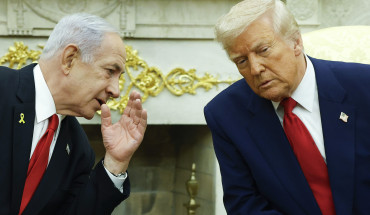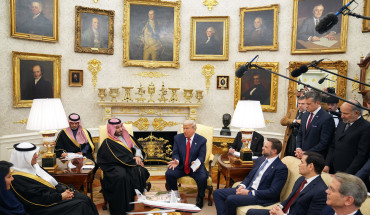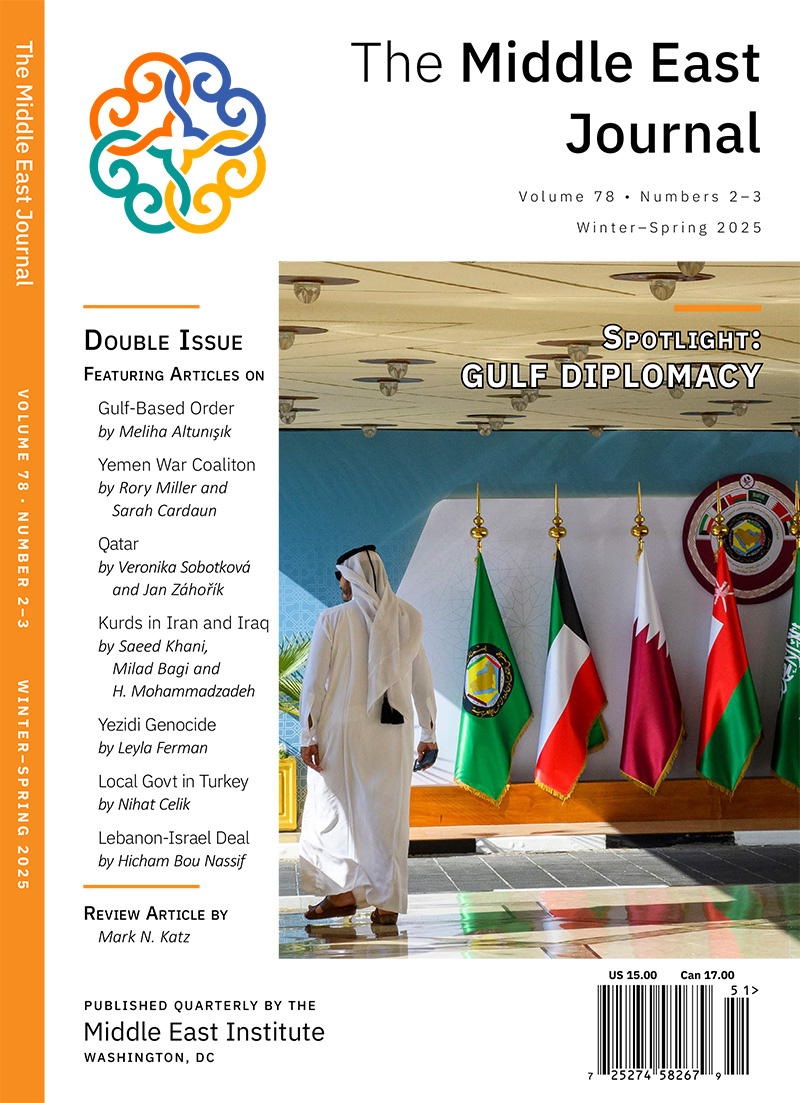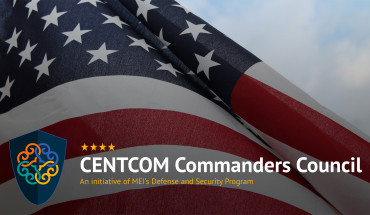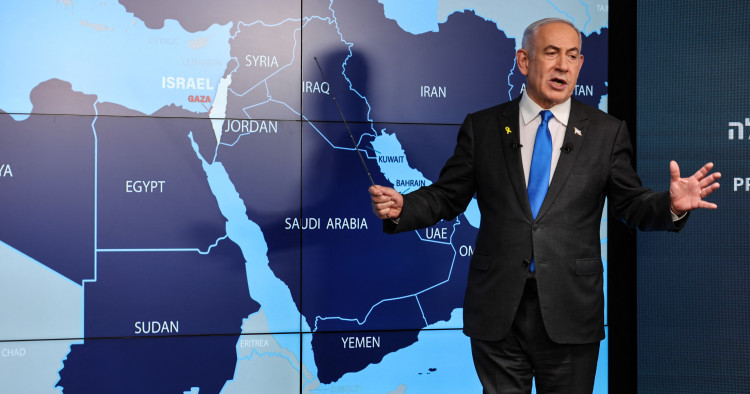As we approach the two-year mark of the region-wide conflict unleashed by the attacks of October 7, 2023, it is important to take stock of how this poly-crisis has transformed the Middle East—and how it might evolve in the months ahead.
What began as an Israel-Hamas conflict has become a region-shaping event, redrawing the balance of power and forcing every major actor—Israel, Iran, Türkiye, the Gulf, and the United States—to make strategic choices that will determine whether the Middle East tips toward a new era of integration and stability, or slides into a wider and more chaotic conflict.
At stake is nothing less than the shape of a new regional order. Will Israel consolidate its unprecedented military position by pursuing normalisation, regional integration, and a political settlement with its neighbours? Will Iran reconsider its policy of forward intervention and find a new basis for security and diplomacy? Can the United States and Gulf states leverage their influence to stabilise rather than merely react? And will the fragile opportunities for state revival in Lebanon and Syria become catalysts for regional revival or be lost in new rounds of regional conflict?
The Middle East Institute (MEI) is an independent, non-partisan, non-for-profit, educational organization. It does not engage in advocacy and its scholars’ opinions are their own. MEI welcomes financial donations, but retains sole editorial control over its work and its publications reflect only the authors’ views. For a listing of MEI donors, please click here.






